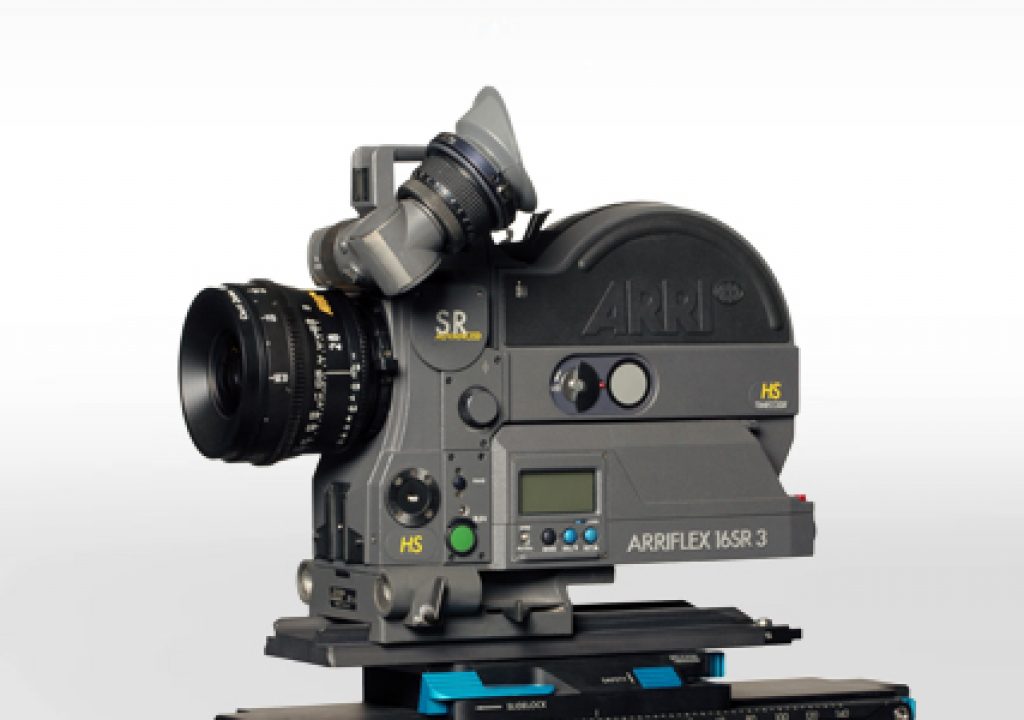It’s no understatement, the Blackmagic URSA is a “husky” camera. Some could even say it needs to go on a diet, but should all those extra pounds keep you from shooting with it, absolutely not.
16.52 LBS
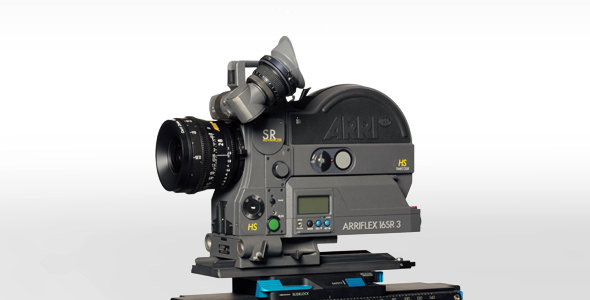 16.52 pounds is the weight of the Blackmagic URSA without a lens or a battery. For many, 16.52 pounds is a deal-breaker. Yet, here’s an interesting thought, the Arriflex 16SR3 High Speed camera, well-known for reliability, versatility, and frame rates from 5 – 150 fps, weighs in at 15.4 pounds when sporting a 400′ magazine and onboard battery. The Anton Penelope 35mm camera? With a 400′ magazine and on-board battery, it weighs in at 8kg or just over 17 pounds.
16.52 pounds is the weight of the Blackmagic URSA without a lens or a battery. For many, 16.52 pounds is a deal-breaker. Yet, here’s an interesting thought, the Arriflex 16SR3 High Speed camera, well-known for reliability, versatility, and frame rates from 5 – 150 fps, weighs in at 15.4 pounds when sporting a 400′ magazine and onboard battery. The Anton Penelope 35mm camera? With a 400′ magazine and on-board battery, it weighs in at 8kg or just over 17 pounds. 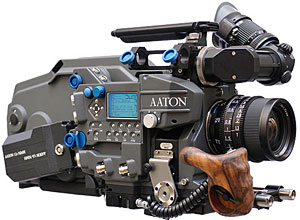
PERSPECTIVE
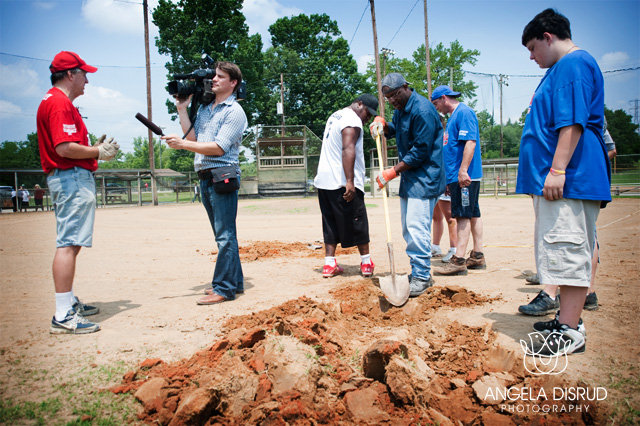 I come from a news photographer background. A world of run & gun shooting with a Miller 40 Tripod, a run bag, and an older video camera and one all-purpose lens. It can add up to a lot of weight, but the best cameramen/women of that era were quick on their feet and masters of capturing shots and sequence building quickly. We used to call this being in “camera shape.” When I shoot with the URSA it begins back memories of that time in my career. The camera feels comfortable in my hands and not too heavy. I even have a port-a-brace bag to carry it around. So you can say, with a bit of nostalgia, the camera and it’s weight is something I’m used to.
I come from a news photographer background. A world of run & gun shooting with a Miller 40 Tripod, a run bag, and an older video camera and one all-purpose lens. It can add up to a lot of weight, but the best cameramen/women of that era were quick on their feet and masters of capturing shots and sequence building quickly. We used to call this being in “camera shape.” When I shoot with the URSA it begins back memories of that time in my career. The camera feels comfortable in my hands and not too heavy. I even have a port-a-brace bag to carry it around. So you can say, with a bit of nostalgia, the camera and it’s weight is something I’m used to.
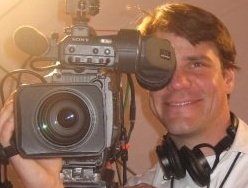 THE ENJOYABLE URSA
THE ENJOYABLE URSA
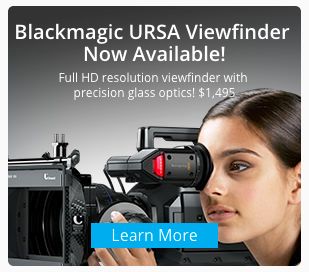 First, and foremost, to use this camera properly one will need an Electronic Viewfinder. Thankfully, Blackmagic has seen the light and has produced one just for the URSA and the URSA Mini. Costing just under $1500 this OLED 1080HD EVF is no small purchase. Yet, is this EVF the best for you? For me, I want a viewfinder dedicated to my URSA. I don’t want to be taking it on and off all the time. For some, they’re going to want to spend their hard-earned money once on a piece of kit which can work in a few different situations. For those cases, all one needs is to find an SDI monitor that will work for them. For me, the URSA viewfinder is the one.
First, and foremost, to use this camera properly one will need an Electronic Viewfinder. Thankfully, Blackmagic has seen the light and has produced one just for the URSA and the URSA Mini. Costing just under $1500 this OLED 1080HD EVF is no small purchase. Yet, is this EVF the best for you? For me, I want a viewfinder dedicated to my URSA. I don’t want to be taking it on and off all the time. For some, they’re going to want to spend their hard-earned money once on a piece of kit which can work in a few different situations. For those cases, all one needs is to find an SDI monitor that will work for them. For me, the URSA viewfinder is the one.
Second, do not carry a camera from scene to scene with your bare hands. Work smarter, not harder. When I was in my 20s I rock-climbed a lot, I mean alot, so I was always working on my hand grip. Part of working out my grip was to shoot without a camera shoulder strap. This meant I had to carry my tripod and camera in my hands no matter the distance I needed to travel on foot. It did not make me a better shooter. If anything, it made me tired and my shooting suffered. My rock-climbing though, that rocked. Pun intended. Get yourself a case with wheels. Port-a-brace makes a great soft case for the URSA, or you can pick-up a pelican case.
When my buddy, Nathan, and I shoot with the URSA at NAB 2015, we used a pelican 1510 for the camera, and a second pelican 1510 for lenses and microphones. We wheeled those around the whole time and we had energy to spare. Work smarter, not harder.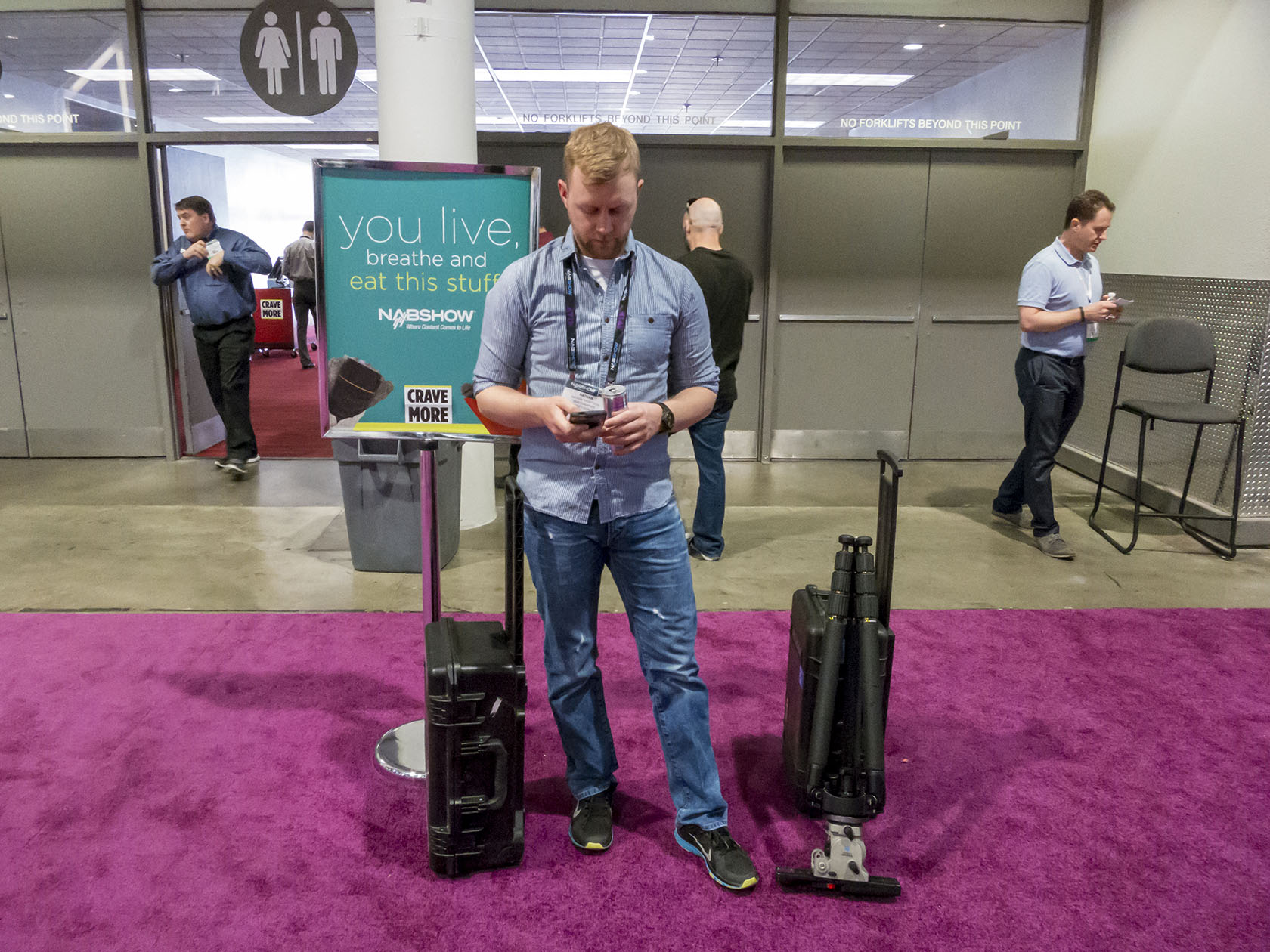
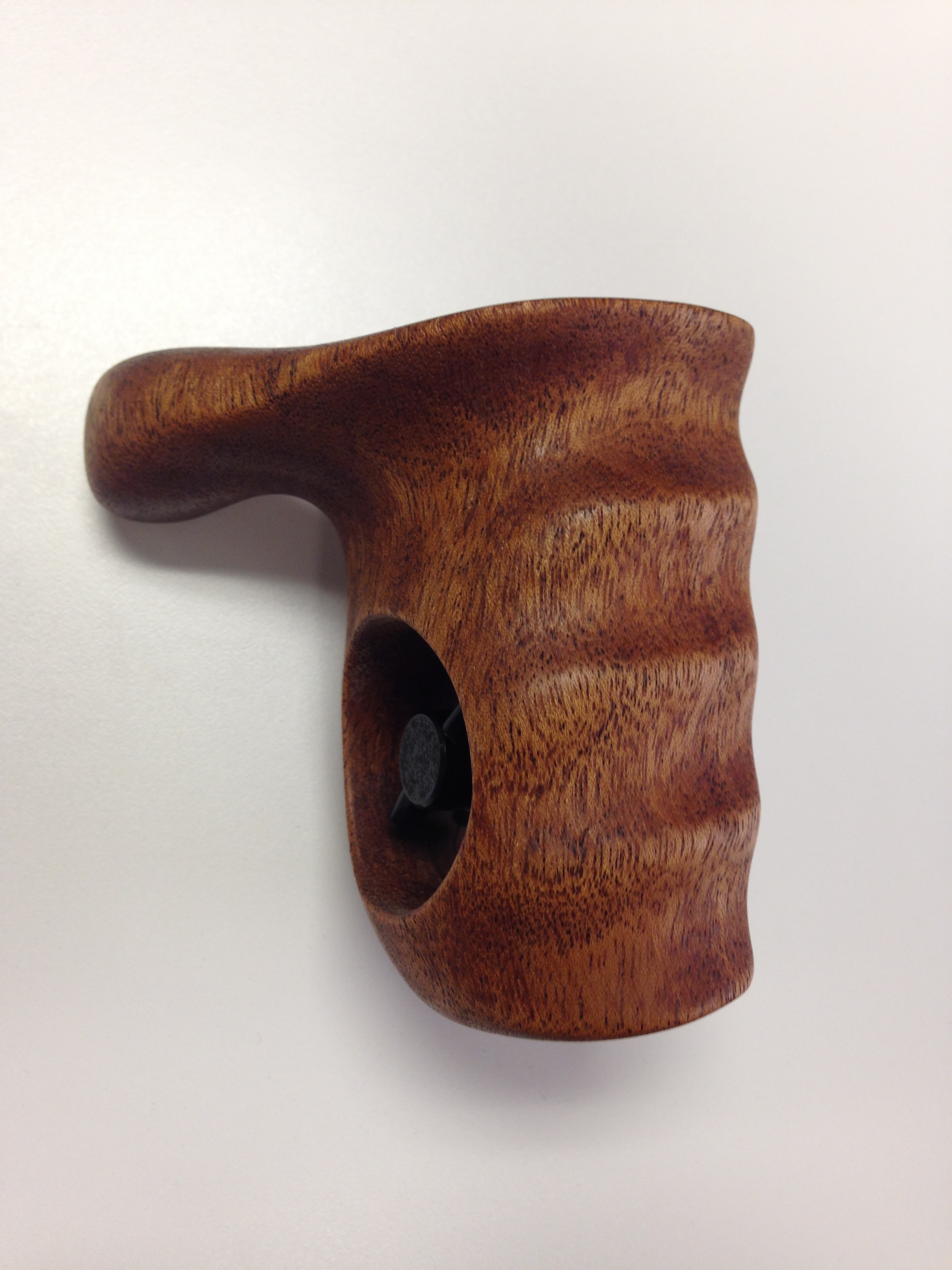 HAND GRIPS
HAND GRIPS
If you’re going to shoulder this camera you’re going to need a good strong set of hand-grips. I can obsess about hand-grips because a bad hand-grip can turn into sloppy camera operation. If you go with something cheap you can end up tetter-tottering your camera left and right, which is especially true if you’re grabbing/letting go when you’re focusing with your left hand. For rod mounted grips get a mount that uses both rods and not a single rod. If you attach a hand-grip to one single rod the weight of the URSA will torque it, or you can bend an aluminum rod. By the way, I’ve bent a rod, lesson learned. Better yet, Blackmagic makes a hand-held accessory kit sporting Arri rosettes. I go with the rosettes and a kinogrip wood hand grip. What can I say, I like a comfortable grip.
SHOULDER PAD
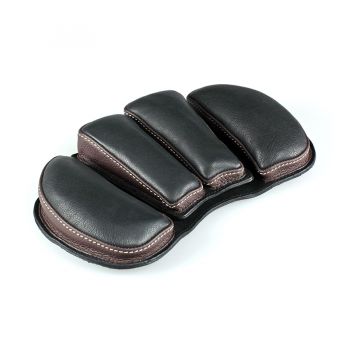 The URSA has the option to add a hand-held kit including arri rosettes at the base of the camera and a shoulder pad. The problem with this shoulder pad is this: when the pad is attached the camera cannot slap onto a tripod without being forced to unscrew the shoulder pad. This means moments will be missed if you are running & gunning. Moments missed is not a good thing when shooting in a hurry, it’s something you cannot recreate in a truthful way. The fix? A small piece of wood attached to the bottom of the camera might be a great place to place velcro for a shoulder pad. Letus 35 has an older shoulder pad perfect for this situation. So does port-a-brace.
The URSA has the option to add a hand-held kit including arri rosettes at the base of the camera and a shoulder pad. The problem with this shoulder pad is this: when the pad is attached the camera cannot slap onto a tripod without being forced to unscrew the shoulder pad. This means moments will be missed if you are running & gunning. Moments missed is not a good thing when shooting in a hurry, it’s something you cannot recreate in a truthful way. The fix? A small piece of wood attached to the bottom of the camera might be a great place to place velcro for a shoulder pad. Letus 35 has an older shoulder pad perfect for this situation. So does port-a-brace.
What I like about the port-a-brace shoulder pad, no need to add a piece of wood to the bottom of the camera. With the portabrace shoulder pad it appears you can add longer than needed accessory rods and slip the portabrace over these rod ends. The difference here is the portabrace option might not be as quick as the velcro fix. Plus, this shoulder pad looks to be a touch too tall for me. With both of these options, you have to carry a shoulder pad around with you. 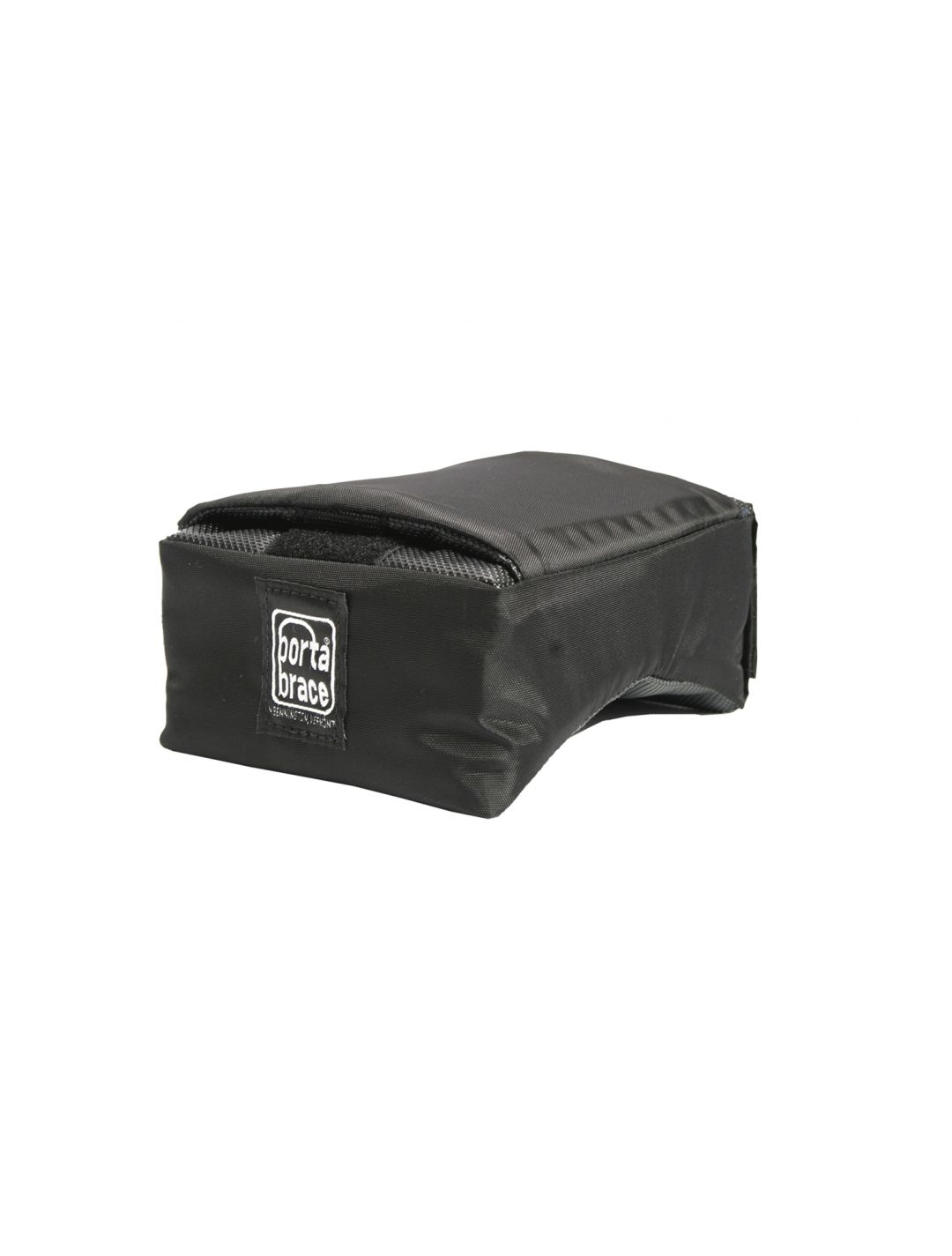
The last shoulder pad option is no shoulder pad. I shoot this way the most. It’s the old news cameraman in me. I use my tripod or slider and only go hand-held for short bursts. But, I’m not shooting entire dramatic scenes or reality tv for hours on end. If I was, I’d likely be more worried about my comfort to ensure I can shoot longer and better.

Filmtools
Filmmakers go-to destination for pre-production, production & post production equipment!
Shop Now